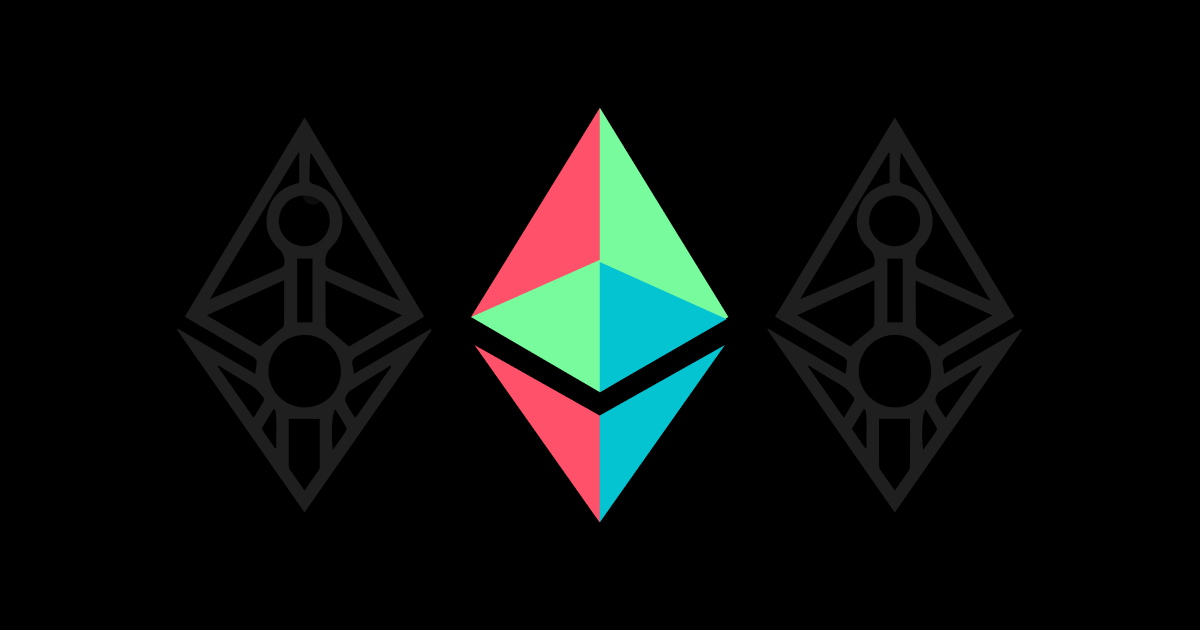
Ethereum Shanghai Upgrade Explained
In this article, you will learn everything about the next Ethereum upgrade, called Shanghai, and why this is a big deal!
March is on the horizon, and that means it is time for the next big upgrade on Ethereum's roadmap, the Shanghai fork. This involves the implementation of the EIP-4895 protocol, which allows validators to unlock staked tokens which they have done since December 2020.
EIP 4895
The Ethereum Improvement Proposal (EIP) 4895 is a key component of the upgrade and will allow validators to sell their stakes in the Ethereum network.
With the EIP 4895 protocol, validators will be able to sell their tokens to other users, allowing for a more flexible and liquid market for Ethereum staking. This will provide a new source of liquidity for the Ethereum ecosystem, and is expected to have a positive impact on its overall health and stability.
The introduction of the EIP 4895 protocol will also make it easier for new users to become involved in the Ethereum network. By allowing for the sale of validator stakes, it will become simpler for users to enter the market and start participating in the network, contributing to its growth and development.
It is important to note that the sale of validator stakes will be subject to certain conditions and restrictions, to ensure the security and stability of the Ethereum network. The exact details of these conditions and restrictions will be defined in the EIP 4895 protocol, and will be subject to ongoing review and refinement.
What does this mean for validators?
For validators, the Shanghai upgrade means that they can unlock all of the ETH they have staked since 2020. Ethereum is the second largest cryptocurrency by market cap, but it is, and it remains the leading proof-of-stake (PoS) network, with the staking yield also remaining strong and stable at around 5.5% annual percentage rate (APR). The ability to stake and unstake at will allows for a free inflow and outflow of assets within the ecosystem. Generally, this results in improved liquidity overall over the longer term, as it is not required anymore to lock up tokens for an extended amount of time, giving leeway for those who have yet to find trust in the system.
How will this impact price?
The obvious reaction one expects is to assume that people will immediately withdraw their funds and simply cash out. However, there is reason to believe that this might not necessarily be the case. In reality, just 14% of the total supply is currently staked because the majority of investors were first hesitant to stake for such a long time. Additionally, during the bull run, many investors purchased and invested in Ethereum a t prices as high as $4,000. It seems unlikely that current stakers will sell at a loss given that prices are currently hanging around the $1.650 level.
Create an account and start trading ETH on Bitget!
Disclaimer: The opinions expressed in this article are for informational purposes only. This article does not constitute an endorsement of any of the products and services discussed or investment, financial, or trading advice. Qualified professionals should be consulted prior to making financial decisions.
- EIP 4895
- What does this mean for validators?
- How will this impact price?
